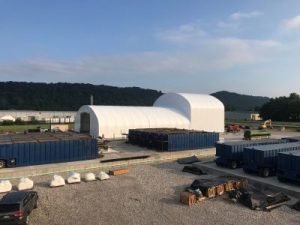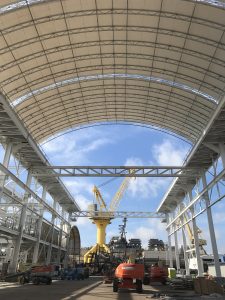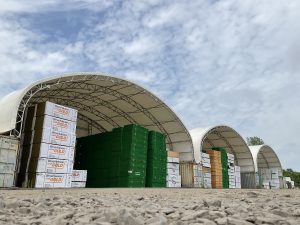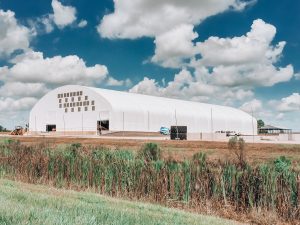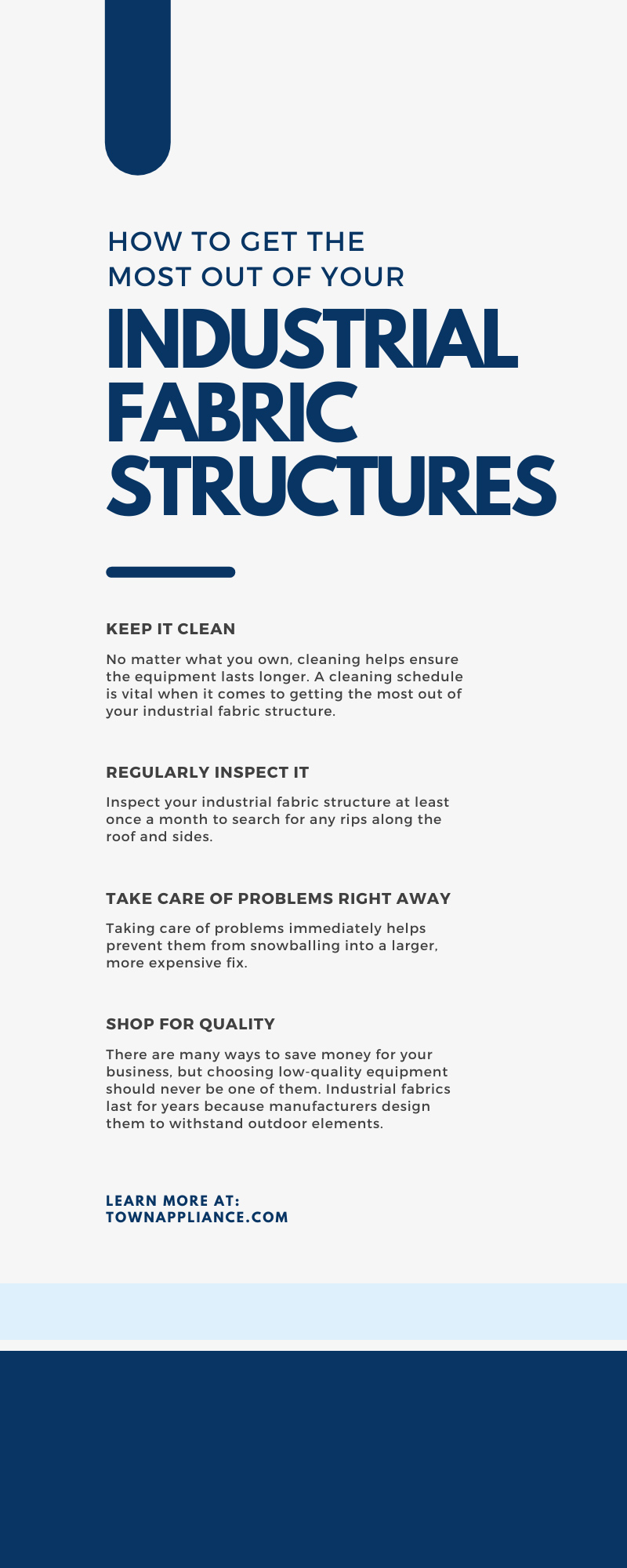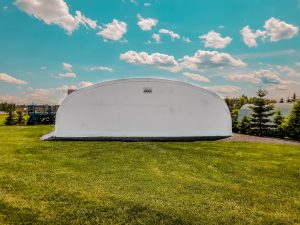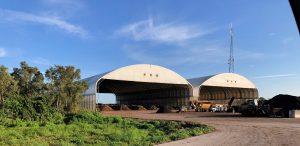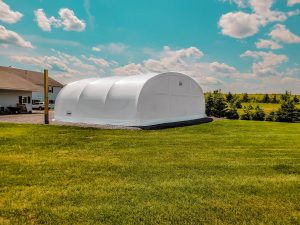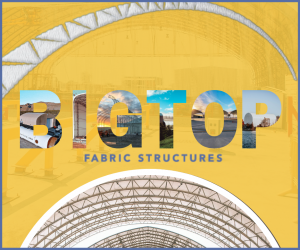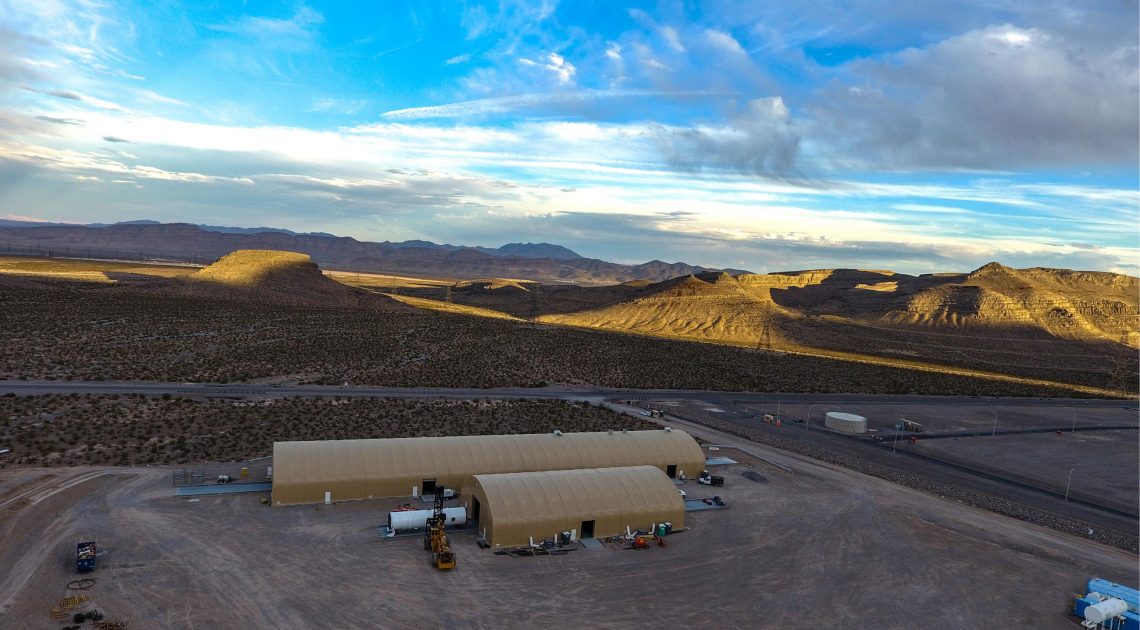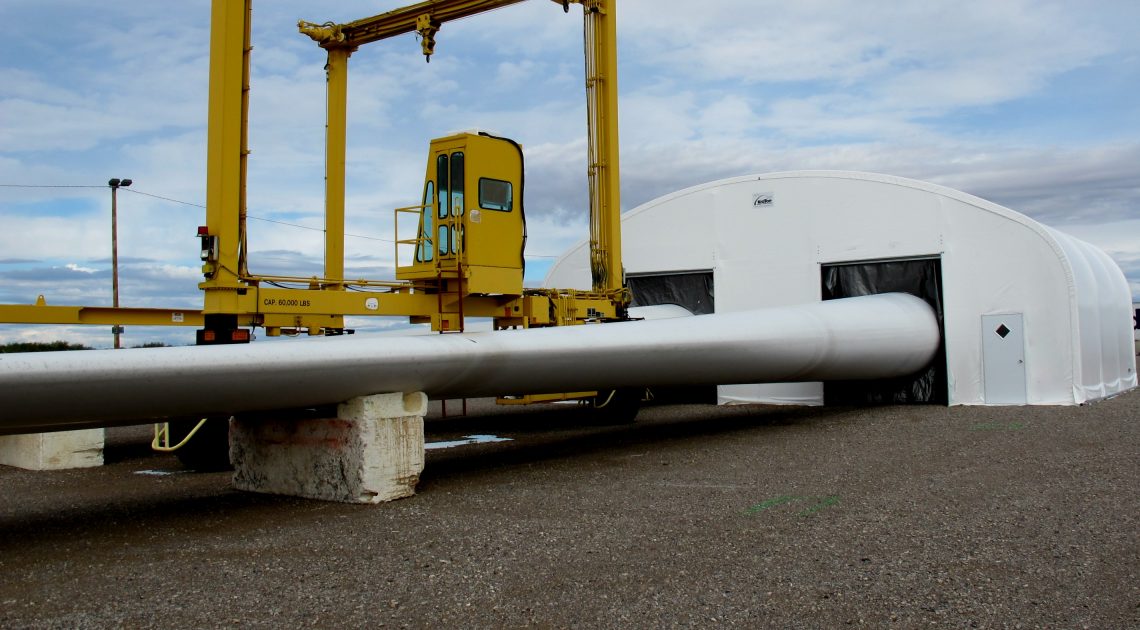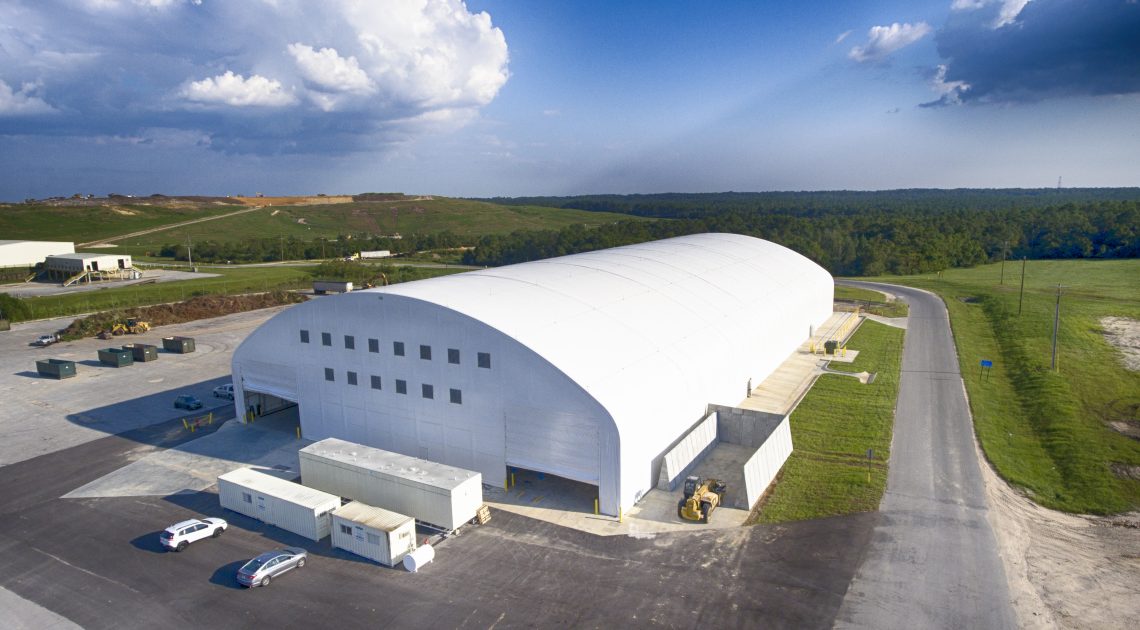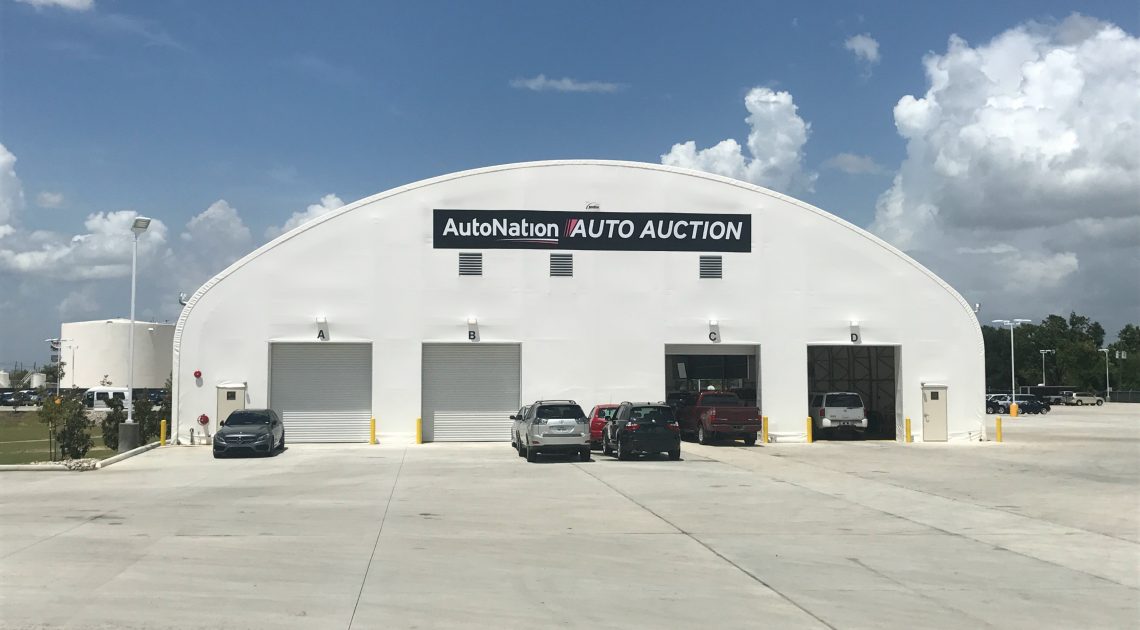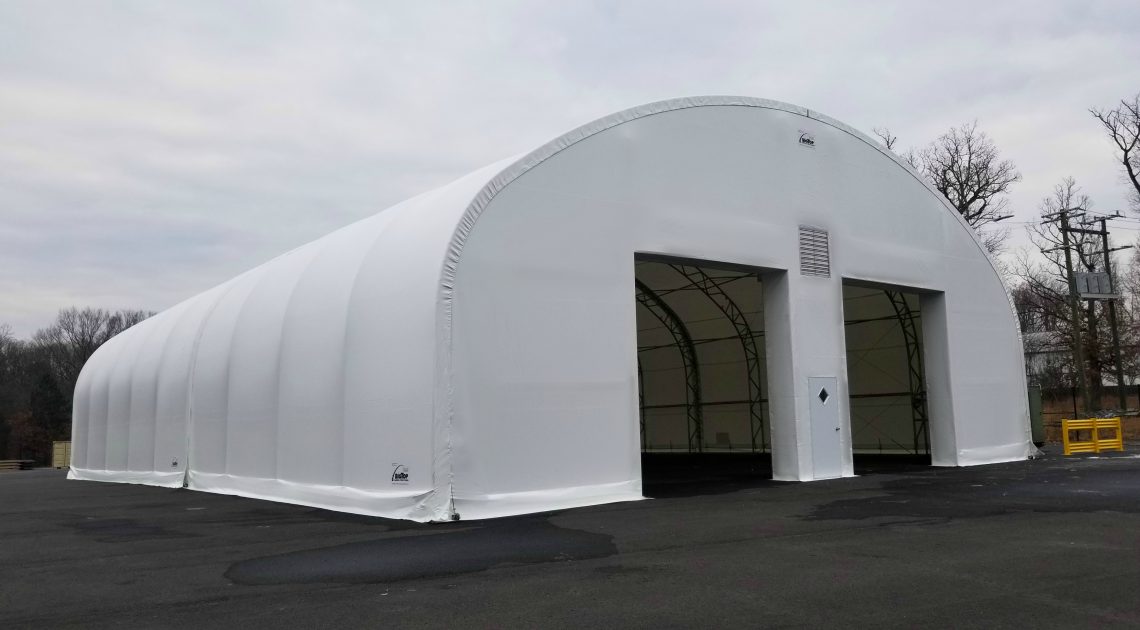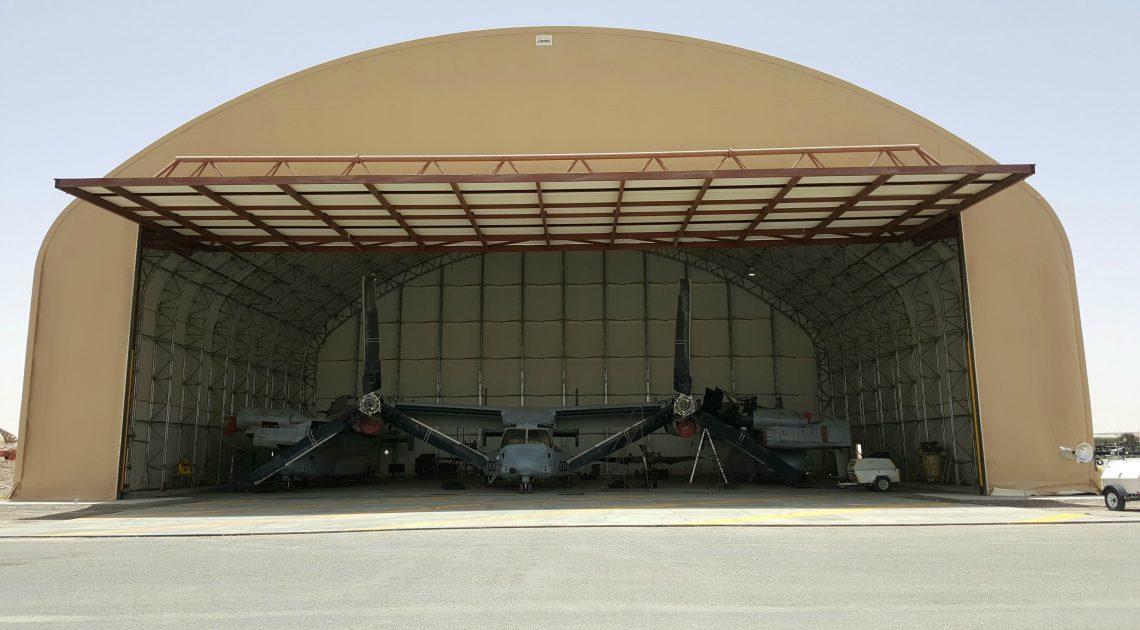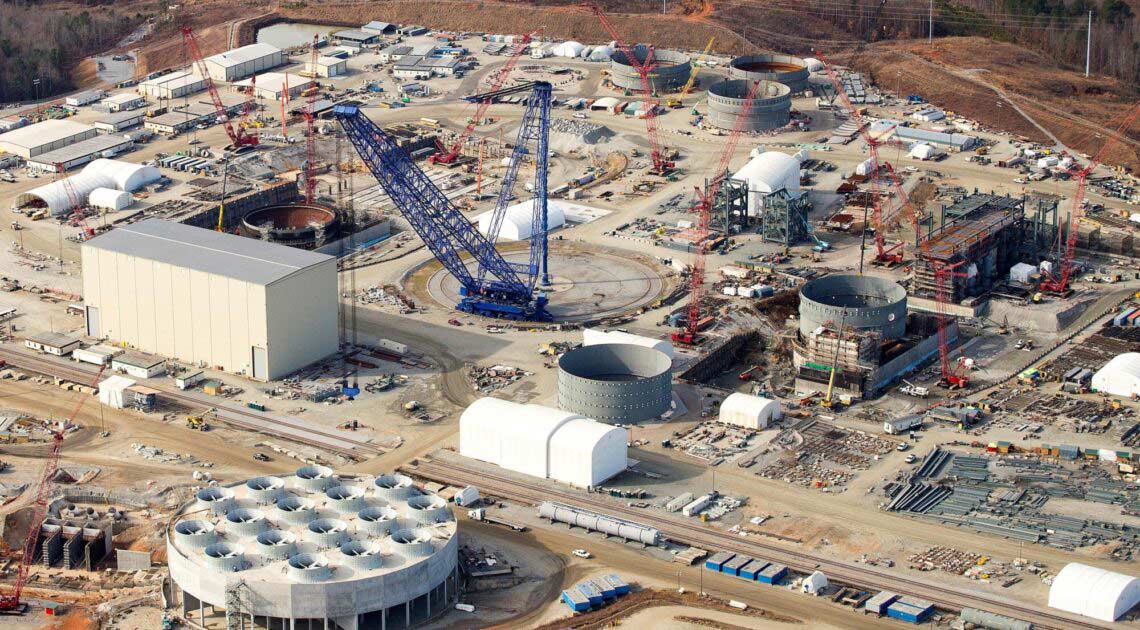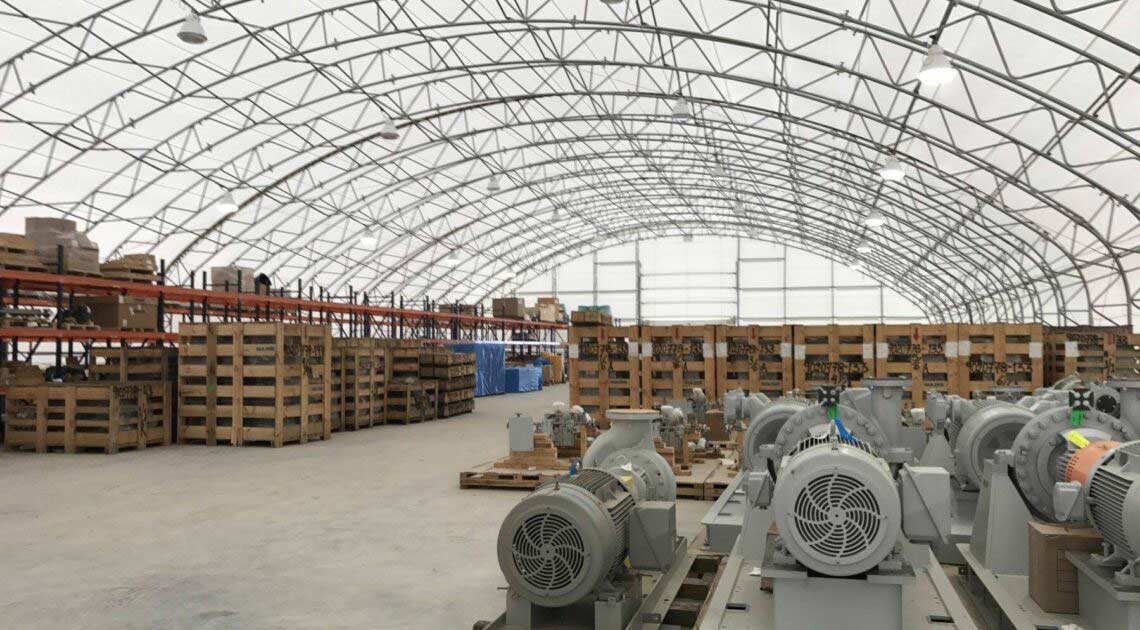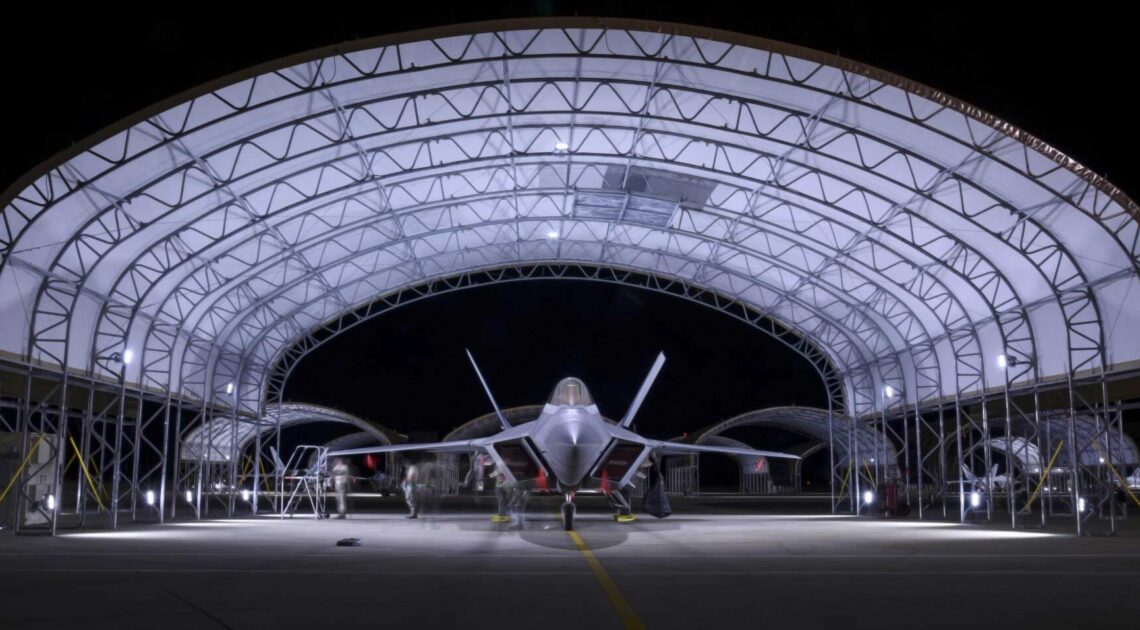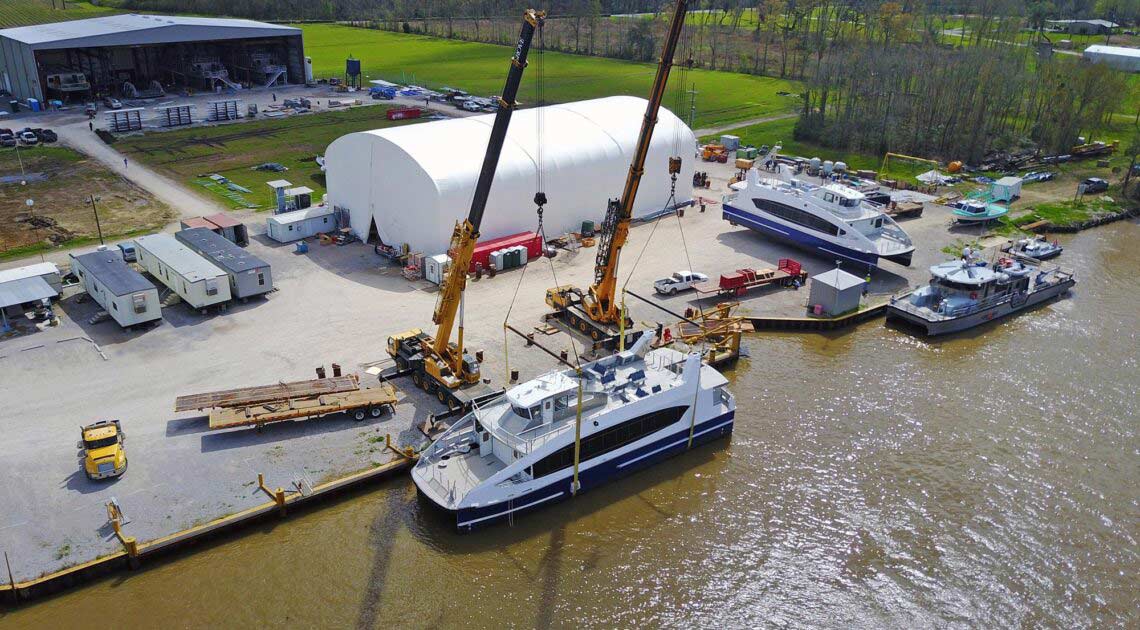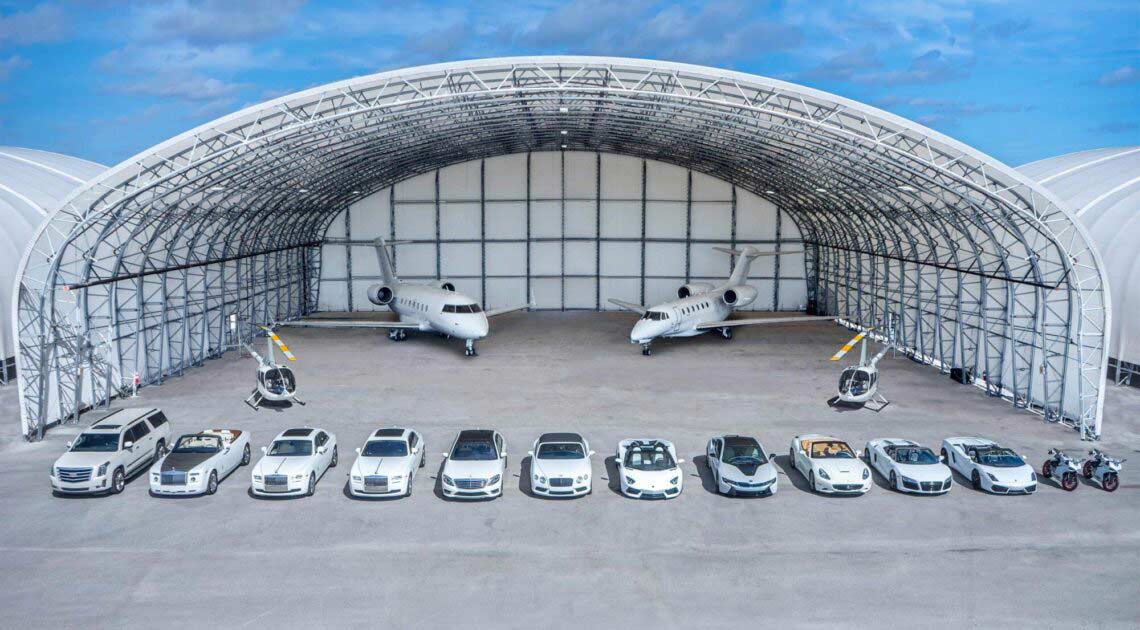Fabric Buildings: The Ultimate Solution for Extreme Climates
Innovative Engineering for Extreme Weather Conditions
In recent years, Big Top fabric buildings have emerged as a versatile solution for a wide range of applications in extreme climates. Our structures are engineered to withstand harsh weather conditions. They combine cutting-edge materials with innovative design principles. This offers unparalleled durability and functionality.
Innovative Design Principles: Maximizing Performance and Durability
The structural design of Big Top fabric buildings incorporates several key principles to ensure maximum performance in extreme climates:
- Tensioned membrane architecture is a design approach. It involves stretching fabric membrane over a supporting framework. This creates a structure that is both lightweight and strong. Tensioned membrane buildings can withstand heavy snow loads, high winds, and even seismic activity.
- Optimal insulation: Insulated fabric buildings are designed with multiple layers of insulation, which create an effective thermal barrier. This design helps maintain a consistent interior temperature, even in extreme climates. This leads to energy efficiency and cost savings for occupants.
- Natural ventilation: Big Top’s fabric buildings can be engineered to promote natural air circulation, reducing the need for mechanical ventilation systems. This design principle not only improves indoor air quality but also lowers energy consumption and operating costs.
- Versatility and customization: Fabric buildings can be customized to suit a wide range of applications and industries. This adaptability makes them ideal for temporary or permanent installations in extreme climates.
Applications of Advanced Fabric Buildings in Extreme Climates
Mining Operations
Big Top fabric buildings are an ideal solution for mining operations in remote locations with harsh weather conditions. They can be used as equipment storage, workshops, and even accommodation facilities. Their durability, quick installation, and low maintenance make them a cost-effective choice for the mining industry.
Aviation and Aerospace
Aircraft hangars and maintenance facilities in extreme climates can benefit from the strength, durability, and energy efficiency of advanced fabric buildings. These structures provide ample space for aircraft storage and maintenance while protecting valuable assets from the elements.
Military and Emergency Response
In remote and challenging environments, advanced fabric buildings offer a rapid deployment solution for military and emergency response operations. They can be used as temporary shelters, command centers, and medical facilities, providing essential infrastructure in the most demanding conditions.
Agriculture and Livestock
For agricultural and livestock operations in extreme climates, advanced fabric buildings offer a protective environment for crops, animals, and equipment. These structures provide optimal insulation and ventilation, ensuring the health and well-being of animals and the productivity of crops. Additionally, their versatile design allows for easy expansion or reconfiguration as needs change.
Sports and Recreation Facilities
Big Top fabric buildings are increasingly popular for sports and recreation facilities in extreme climates. They provide an ideal environment for year-round activities, protecting athletes and spectators from harsh weather conditions. The natural lighting and ventilation offered by these structures create a comfortable and healthy indoor atmosphere.
Oil and Gas Industry
Fabric buildings are particularly well-suited to the demands of the oil and gas industry in extreme climates. Structures can be used for a variety of purposes, such as equipment storage, workshops, and temporary housing for workers. They offer advantages such as durability, rapid installation, and low maintenance costs.
Key Advantages of Big Top Fabric Buildings in Extreme Climates
- Rapid deployment: Fabric buildings can be quickly assembled, making them ideal for emergency response or time-sensitive projects in extreme climates. Our modular design allows for easy transportation and installation, even in remote locations.
- Energy efficiency is improved by our fabric buildings. Insulation and natural ventilation help maintain a comfortable interior temperature. This reduces energy consumption. This results in significant cost savings and a reduced environmental impact.
- Durability and low maintenance: Big Top fabric buildings are designed to withstand the harshest weather conditions and require minimal maintenance. Our high-quality materials resist UV degradation, corrosion, and damage from extreme temperatures, ensuring a long-lasting and reliable structure.
- Customizability and adaptability: Our Fabric buildings can be tailored to meet the specific requirements of various applications and industries.
- Cost-effective: Compared to traditional building materials, Big Top fabric buildings offer a more affordable option for structures in extreme climates. Our rapid installation, low maintenance, and energy efficiency contribute to a lower overall cost of ownership.
Conclusion
Big Top Manufacturing’s fabric buildings offer a versatile and durable solution for a wide range of applications in extreme climates. By combining innovative materials and design principles, our structures provide unmatched performance and adaptability. Big Top Fabric Buildings offer strength, resilience, and cost efficiency even in the most demanding environments. Give our team of experts a ring today to learn more about how a Big Top can benefit you.












